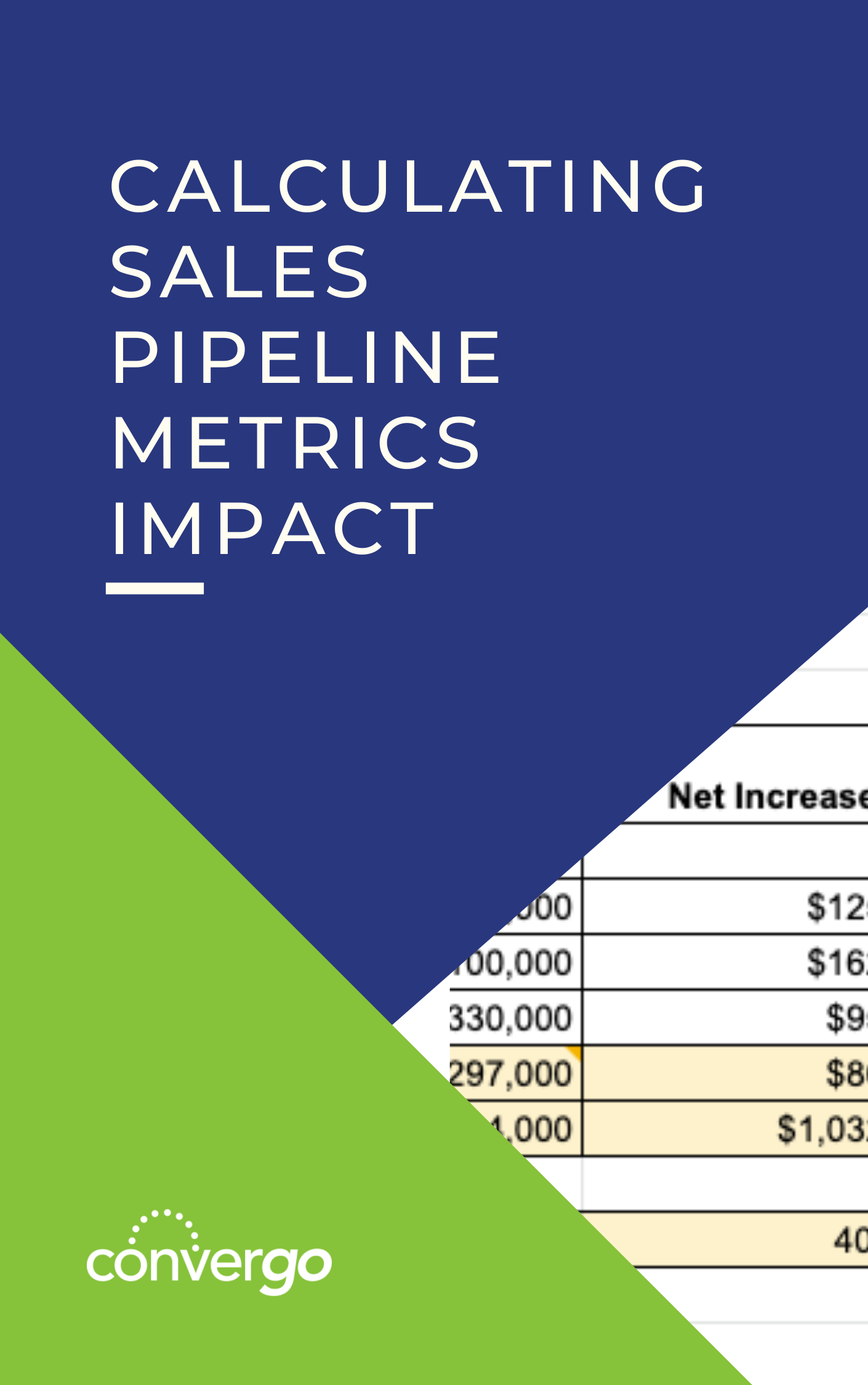
What can a Fractional Revenue Leader Do?
Small business owners are often faced with a decision dilemma of hiring the right leader for their leadership team. The two ends of the spectrum are:
- The leader that I know and want for my business is not affordable
- The leader that I can afford will be different from the leader I want.
There is no more need to struggle with this dilemma! The proliferation of fractional services now enables business owners to get the quality leader that they want at an investment level they can afford. Alignable’s August Small Business Labor Report found that 32% of SMB employers are focused on hiring contractors and part-timers.
While the leadership positions are part-time, there’s still much to do! So, setting up the fractional engagement for success is crucial to ensure all expectations are aligned. When you boil it down, there are three high-level categories to consider. Using the context of a Revenue leader:
- Leadership, Management, and Accountability (LMA): Developing and leading sales and marketing teams.
- Building: Implementing or optimizing the sales and marketing infrastructure for ongoing improvement
- Doing: Doing the work. Active participation in sales cycles
This differentiation can be helpful when scoping, setting expectations, and for ongoing communications. Let’s peel back each of them…
LMA
Developing and leading a team is typically the most impactful way a sales or revenue leader spends their time. Long-term sales success is contingent on the ongoing development of the sales reps. So, when the sales team is developed, the entire team’s performance grows exponentially.
This is a big problem in many small businesses when they elevate their best sales rep to be a manager, which can be a big mistake. Sales can be positively affected by this setup in the short term. Still, the long-term impact is that the sales team does not realize their potential from a development perspective.
From sales leadership to graphic design, there are countless functions within the revenue department. Outsourcing many of these functions may be a great play for small businesses, especially with the marketing disciplines. So, vendor management falls into the LMA category. This can take a huge load away from the Visionary/Founder.
Building
We view “building” as the process of building or optimizing infrastructure. If nothing exists, building involves developing processes and associated KPIs to get to the point of having a basis for ongoing improvement. For companies that run on EOS, ongoing improvement happens in annual and quarterly planning meetings to set “Rocks” (building priorities) that can then be tracked in weekly L10s,
“Building” then might mean building new processes or possibly optimizing existing ones to improve on existing metrics or input new ones.
Building can be a challenge for a Fractional Revenue Leader for a couple of reasons:
- Capabilities – A wide variety of disciplines are needed in the revenue space (sales process, content writing, graphic design, etc.). I have yet to find the unicorn that has all of these capabilities, so the Revenue leader needs to lean on other resources to help with building.
- Bandwidth – Fractional leaders typically have a consistent amount of time allocated for each of their clients. So, they do not have a surplus of extra time to be able to add or remove scope every quarter to support building.
Fractional firms like Convergo might have the back office bandwidth to support their clients from a building perspective while the Fractional Revenue Leader is fulfilling their normal scope of duties.
Doing
The need for “doing” the work in the revenue space might involve countless different functions:
- Sales: Strategic relationships, managing sales opportunities, outbound prospecting, sales engineering,
- Marketing: Content writing, graphic design, web design, web development, SEO, social media management…
Like building, the unicorn that can do all these things does not exist on this planet. That said, a Fractional Revenue leader can perform any of this work if they have the skills and the time.
One unique way that we help with “doing” at Convergo is that we can place a Fractional Sales Professional for the visionary that is ready to take off the sales hat or needs to complement a sales team to approach a new market.
Conclusion
In a perfect world, some would argue that a leader is supposed to spend all of their time enabling their team to perform and drive results by leveraging their LMA skills and abilities. The reality of small business is that leaders sometimes need to wear many hats, so more than LMA might be required.
In closing, it is essential to have complete clarity about what a fractional leader will be doing before they come on board. An experienced, fractional leader will have a process to ensure that this is understood and included in a tight statement of work before an engagement begins.


